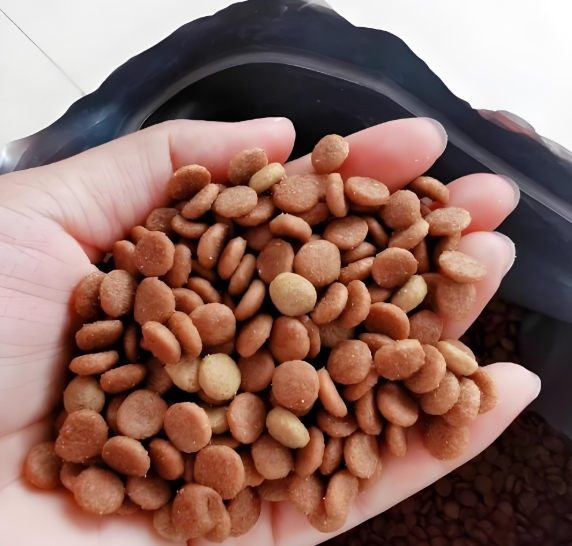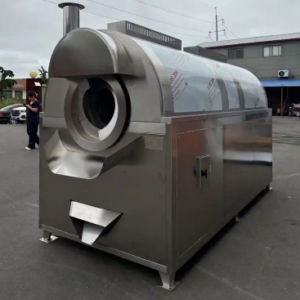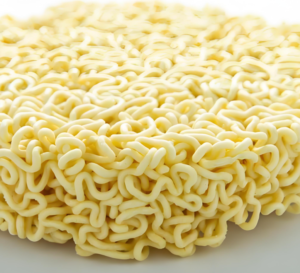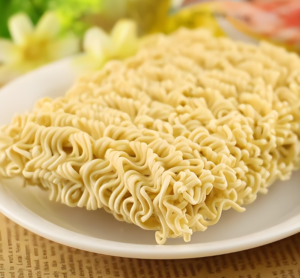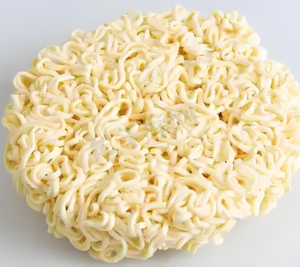<h1>How to Process Cat Food: A Comprehensive Guide for Manufacturers</h1>In the competitive world of pet food manufacturing, producing high-quality cat food requires precision, expertise, and adherence to strict standards. This article explores the step-by-step process of cat food processing, tailored for B2B professionals in foreign trade. Whether you’re an exporter, importer, or factory owner, understanding these methods can enhance product quality, meet regulatory requirements, and boost market competitiveness.
cat food making machine
ToggleCat food processing involves transforming raw ingredients into nutritious, palatable products that support feline health. From ingredient selection to final packaging, each stage demands careful management to ensure safety and appeal. This guide covers essential techniques, best practices, and industry insights to help you optimize your operations.
Understanding Cat Food Ingredients
Before diving into processing, it’s crucial to select the right ingredients. High-quality cat food starts with proteins, fats, carbohydrates, vitamins, and minerals that meet nutritional guidelines. Common protein sources include meat, fish, and poultry, while grains or vegetables provide energy.
For B2B manufacturers, sourcing ingredients globally is key. Look for suppliers certified by organizations like the Global Food Safety Initiative (GFSI). This ensures traceability and reduces risks like contamination. Always prioritize fresh, sustainable options to appeal to eco-conscious buyers.
Key considerations include balancing omega-3 fatty acids for coat health and taurine for heart function. Use tools like nutritional software to formulate recipes that comply with Association of American Feed Control Officials (AAFCO) standards, especially for export markets.
The Step-by-Step Processing of Cat Food
Cat food processing typically follows a linear workflow, from preparation to finishing. This structured approach minimizes waste and maintains consistency, which is vital for large-scale production.
Raw Material Preparation
The first step is preparing raw materials. This involves grinding, mixing, and measuring ingredients to achieve the desired formulation. For dry cat food, grains are often milled into fine powders, while meats are deboned and minced.
In B2B settings, automation streamlines this phase. Use high-capacity mixers to blend dry and wet components evenly. Temperature control is essential to prevent bacterial growth, with most operations maintaining below 40°C during preparation.
Quality checks at this stage include moisture content testing and foreign object detection. This helps avoid recalls and builds trust with international partners.
Cooking and Extrusion
Once prepared, ingredients undergo cooking or extrusion. Extrusion is popular for kibble production, where a machine forces the mixture through a die under high pressure and heat, creating shaped pellets.
This process gelatinizes starches, improves digestibility, and kills pathogens. For wet cat food, steaming or retorting in cans preserves nutrients while extending shelf life. Manufacturers should monitor extrusion temperatures between 100°C and 150°C to retain vitamins.
In foreign trade, extruded products are favored for their durability during shipping. Optimize for energy efficiency to cut costs, as this can be a selling point when negotiating with global buyers.
Drying and Cooling
After cooking, the product must be dried to reduce moisture and prevent spoilage. Industrial dryers use hot air circulation to achieve 10-12% moisture levels for dry cat food.
Cooling follows to stabilize the product and prevent clumping. This step is critical for maintaining texture and preventing microbial growth. In B2B operations, rapid cooling systems can speed up production lines, allowing for higher output volumes.
Advanced techniques like vacuum drying preserve sensitive nutrients, making your products more attractive for premium markets in Europe or North America.
Flavoring and Coating
To enhance palatability, cat food is often coated with flavors, oils, or vitamins post-drying. This step uses sprayers to apply a thin layer of fats or attractants like fish oil.
For manufacturers, precise coating ensures even distribution, which boosts consumer satisfaction. Test for adhesion and flavor retention to meet brand specifications, especially when exporting to regions with strict labeling laws.
Incorporate natural flavors to align with trends like clean-label products. This can differentiate your offerings in the B2B marketplace, appealing to buyers focused on health-conscious pet owners.
Equipment and Technology in Cat Food Processing
Modern cat food processing relies on specialized equipment to ensure efficiency and safety. From mixers to packaging machines, investing in reliable technology is essential for B2B scalability.
Key equipment includes extruders, dryers, and metal detectors. Automated systems reduce human error and increase production speed, with some factories outputting thousands of kilograms per hour.
For foreign trade, choose equipment from reputable suppliers like Buhler or Clextral, which offer global support. Integrate IoT sensors for real-time monitoring, helping you comply with international standards like ISO 22000.
Innovations in Processing Technology
Recent advancements include high-pressure processing (HPP) for wet cat food, which extends shelf life without heat. This technology maintains natural flavors and nutrients, ideal for premium exports.
AI-driven systems can optimize recipes based on ingredient costs and market demands. For B2B professionals, these innovations lower operational costs and open doors to niche markets, such as organic or grain-free cat food.
Adopting sustainable tech, like energy-efficient extruders, not only reduces your carbon footprint but also attracts eco-friendly partners in global trade.
Quality Assurance and Safety Standards
Quality control is non-negotiable in cat food processing. Implement rigorous testing to ensure products are safe and nutritious, protecting your brand’s reputation.
Start with Hazard Analysis and Critical Control Points (HACCP) protocols to identify risks like aflatoxin contamination. Regular lab tests for pathogens, heavy metals, and nutritional values are standard.
In B2B contexts, certifications like FDA approval or EU FEDIAF compliance are crucial for exports. Conduct audits and supplier verifications to maintain chain integrity.
Regulatory Compliance for Global Markets
Navigating regulations is key for international manufacturers. In the U.S., adhere to AAFCO guidelines, while in the EU, follow EFSA rules on additives and labeling.
For Asian markets, such as China, ensure compliance with GB standards for pet food safety. Partner with trade experts to handle customs and documentation smoothly.
By staying updated on global regulations, you can avoid delays and fines, making your products more reliable for B2B clients worldwide.
Packaging and Distribution Strategies
Effective packaging protects cat food during transit and enhances shelf appeal. Use materials like laminated bags for dry food or cans for wet varieties to maintain freshness.
In B2B trade, opt for bulk packaging options that reduce costs for large orders. Incorporate QR codes for traceability, which reassures buyers about product origins.
Distribution involves logistics partners who handle warehousing and shipping. Focus on sustainable packaging, like recyclable materials, to meet growing environmental demands in foreign markets.
Sustainability in Cat Food Processing
Sustainability is increasingly important in the pet food industry. Implement practices like waste reduction and energy-efficient processing to minimize environmental impact.
For instance, repurpose by-products from meat processing into cat food ingredients. This not only cuts costs but also appeals to buyers prioritizing green initiatives.
In B2B scenarios, highlight your sustainable efforts in marketing materials to attract partners committed to corporate social responsibility.
Frequently Asked Questions
What are the main types of cat food processed in factories? The primary types include dry kibble, wet canned food, and semi-moist treats, each requiring different processing techniques for texture and preservation.
How long does the cat food processing take from start to finish? It varies by product, but dry cat food processing can take 2-4 hours per batch, while wet food might require up to 8 hours including canning and sterilization.
What safety measures should be in place during processing? Always use HACCP systems, conduct regular microbial testing, and ensure equipment is sanitized to prevent contamination and ensure food safety.
Can small manufacturers compete in B2B cat food trade? Yes, by focusing on niche products like organic or specialized diets, and leveraging technology for efficient, cost-effective production.
How does processing affect the nutritional value of cat food? Proper techniques like controlled extrusion help retain nutrients, but over-processing can degrade vitamins, so monitoring is essential.
What trends are shaping the future of cat food processing? Trends include plant-based alternatives, personalized nutrition, and sustainable sourcing, driven by consumer demands in global markets.
Conclusion
In summary, mastering cat food processing involves a blend of science, technology, and strategic planning, especially for B2B professionals in foreign trade. By following best practices in ingredient selection, processing steps, and quality assurance, manufacturers can produce safe, high-quality products that meet global demands. Embracing innovation and sustainability will not only enhance competitiveness but also foster long-term success in the evolving pet food industry. Whether you’re expanding exports or optimizing operations, this guide equips you with the knowledge to thrive.

